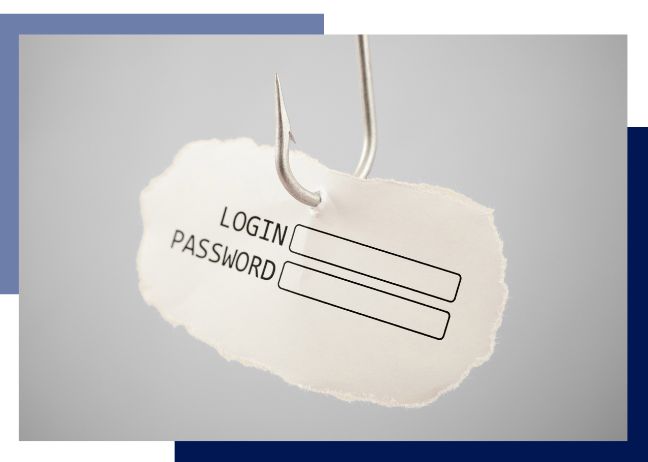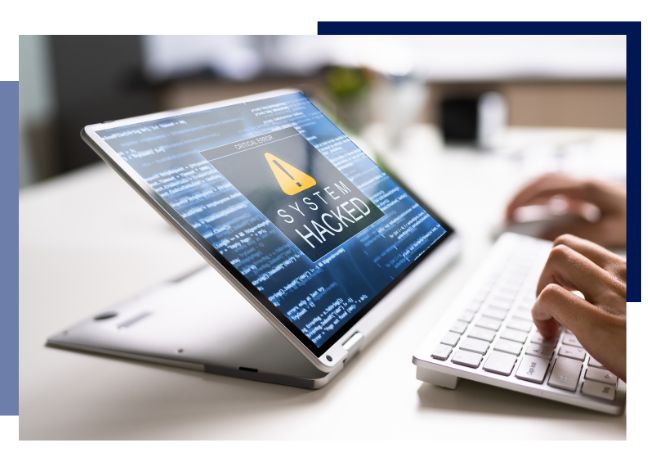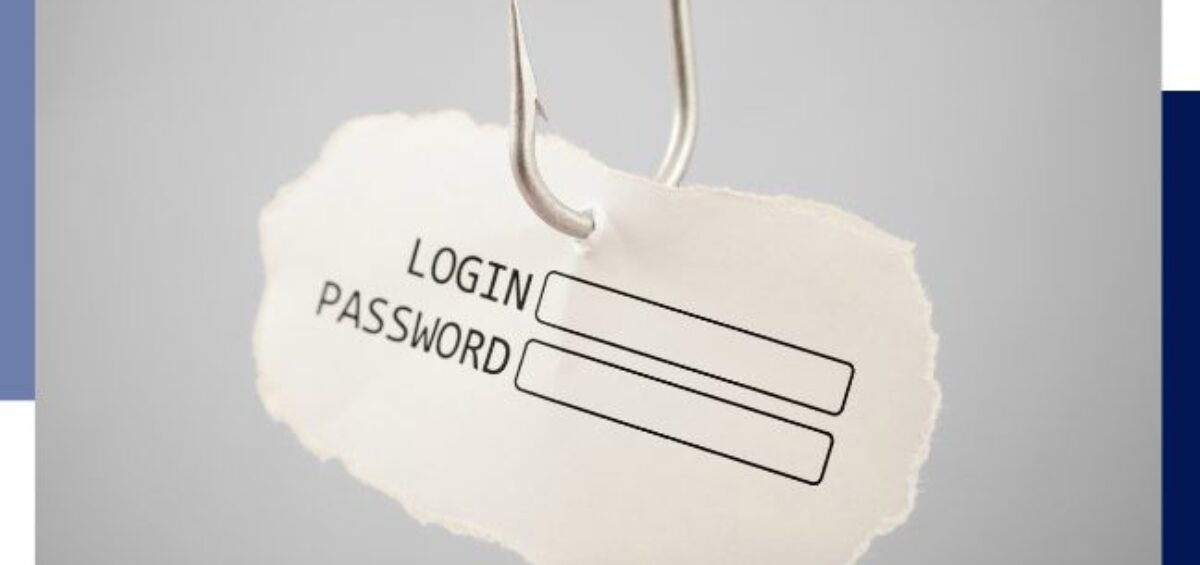Estimated reading time: 8 minutes
Social engineering attacks are not new, but they are thriving. In 2025, it’s one of the most widely used attack methods, not because it exploits code, but because it exploits people. As working habits shift and threat actors develop their skills, more businesses are finding themselves exposed to scams that look convincing, behave realistically, and cost a great deal to fix.
This article explores how social engineering works, why it’s becoming more dangerous, and what organisations can do to reduce the risk, including why more businesses are turning to trusted MSP and MSSP providers like Tecnica for support.
Key Takeaways
- Social engineering attacks exploit human behaviour, becoming increasingly prevalent in 2025 due to AI and accessible data.
- Common tactics include phishing, quishing, and deepfake scams, making attacks difficult to identify.
- The rise of polyworking and BYOD introduces vulnerabilities, as individuals juggle multiple roles and devices without sufficient security.
- Many businesses lack a dedicated cyber security budget, exposing them to risks and delaying important measures.
- Outsourced cyber security from MSPs and MSSPs like Tecnica provides essential support and expertise to combat these threats.
What Is Social Engineering?
Social engineering is the use of deception to manipulate individuals into performing actions or revealing confidential information. It’s psychological, not technical. Instead of forcing their way in, attackers rely on urgency, trust, and routine to achieve their goals.
Common examples include:

- Phishing — convincing emails designed to steal login details or install malware
- Quishing — QR code-based phishing, often appearing in email footers, posters, and fake surveys
- Business Email Compromise (BEC) — impersonating company executives or suppliers to request money or data
- Tech support scams — fake IT calls asking for access to machines or credentials
- Deepfake scams — using AI-generated voices or videos to mimic managers and directors
- Job offer scams — targeting polyworkers with fake roles to install spyware or harvest sensitive data
These messages often look entirely legitimate. That’s why they succeed.
Why Are These Attacks Increasing?
There are several reasons social engineering has become one of the most common attack methods in 2025:
- AI makes scams more convincing — attackers use tools to clone tone, design emails, or simulate voices
- Data is easy to find — job titles, work emails, and contact patterns are all online
- It works across all business sizes — one fake email is all it takes
- Remote work has weakened verification processes — especially where teams are split across locations
And then there are two major cultural shifts that are expanding the threat surface.
Polyworking and BYOD: The Overlooked Risk Driving Social Engineering
Polyworking
Polyworking refers to professionals working multiple roles or contracts at the same time. It’s now common in marketing, digital services, development, and support roles, especially those working remotely or freelance.

This introduces several risks:
- Distraction — switching between employers or clients makes it easier to miss warning signs
- Mixed environments — accounts, emails, and apps from different organisations may live on the same machine
- Attractive targets — scammers know polyworkers are more likely to be approached with job offers or onboarding requests
BYOD (Bring Your Own Device)
BYOD is the use of personal laptops, phones, and tablets for work. This setup is flexible and convenient, but it often lacks the level of protection a managed corporate device would have.
Risks include:
- Unpatched devices — personal hardware may not be updated regularly
- Credential storage — browsers often store passwords without controls
- Multiple uses — social media, email, online banking and work tools on the same device
- Lack of visibility — IT teams can’t monitor personal devices as closely
These realities create more ways for attackers to access systems through human error, poor hygiene, or a lack of controls.
A Dangerous Gap: No Cyber Security Budget
Despite the clear rise in cyber threats, too many businesses still report having no cyber security budget at all. Whether due to cost concerns, lack of understanding, or competing priorities, this leaves organisations wide open to attack.
Cyber threats are no longer exclusive to major companies or government agencies, attackers deliberately target small and medium-sized businesses because they often lack protection.
Without a budget, businesses:
- Delay vital updates
- Skip staff training
- Miss early warning signs
- Lack recovery plans
- Stay exposed to zero-day exploits — newly discovered software vulnerabilities that attackers can use before a fix is even available
Zero-day attacks are especially dangerous because there is often no defence available at the time of the breach, only proactive monitoring, swift patching, and threat detection tools can reduce the risk. Businesses without a budget or support structure rarely have those in place.
Investing nothing now often leads to paying heavily later.
Why Cyber Training Is No Longer Optional
Even when businesses do budget for cyber protection, many still fail to include staff training. This is a serious oversight.
The most common attack entry point remains the same: staff clicking on something they shouldn’t. Whether it’s a junior employee being tricked by a fake HR message, or a senior director responding to what looks like a legitimate supplier request, attackers count on people to make mistakes.
Cyber awareness training needs to be part of every company’s defence.
This includes:

- Recognising fake messages and emails
- Spotting signs of impersonation
- Knowing how to report suspicious activity
- Avoiding credential reuse and unsafe habits
Security tools are essential, but if your team can’t spot a scam, tools won’t stop everything.
No One Is Safe
This is not just theory. In a recent warning, the US Department of Defence advised all personnel to assume they have already been compromised. That shift in thinking reflects the reality businesses now face, the question isn’t if someone will try to breach your system, it’s when.
Every business, no matter its size, sector, or structure, is a potential target.
Ransomware Is Still Growing, and So Are the Consequences
Ransomware remains one of the most financially damaging threats, locking down systems and demanding large payments to restore access. In response, the UK government is actively considering making ransom payments illegal, a move designed to reduce the financial incentive for attackers.
This means prevention becomes the only practical option. And it highlights a simple truth that has been proven time and time again:
The cost of preparing for an attack is far lower than the cost of recovering from one.
In fact, many companies that paid ransoms admitted they would have saved money by investing in their security beforehand.
Why More Businesses Are Turning to Outsourced Cyber Security
Alongside the increase in attacks, there’s another challenge, the shortage of skilled professionals. The cyber security skills gap is growing, and many businesses are finding it impossible to recruit or retain experienced specialists in-house.

As a result, more organisations are turning to Managed Service Providers (MSPs) and Managed Security Service Providers (MSSPs) to help them stay protected.
This approach offers several advantages:
- Expertise on demand — no need to recruit internally
- Advanced protection — access to enterprise-grade tools and 24/7 monitoring
- Strategic guidance — help prioritising investments and closing vulnerabilities
- Cost-effective support — scalable support that grows with your business
At Tecnica, we work closely with companies across sectors to deliver Cyber Security and Managed IT Services that keep them safe, compliant, and confident. From routine protection to urgent incident response, we’re here to help businesses face today’s threats with clarity and control.
Tecnica also help businesses achieve Cyber Essentials and Cyber Essentials Plus certification, a government-backed scheme that demonstrates a strong cyber security posture. These certifications are increasingly expected by clients, suppliers, and partners when assessing third-party risk, particularly in supply chains and procurement.
If your organisation lacks the internal capacity or doesn’t know where to begin, outsourcing with Tecnica is a proven and practical step forward.
Final Thought
Social engineering attacks are increasing in volume, complexity, and impact, and they show no signs of slowing down. Attackers are using smarter tools, better data, and realistic tactics to manipulate staff and infiltrate businesses of all sizes.
The defences you had last year may no longer be enough.
- Don’t operate without a cyber security budget
- Don’t ignore staff training
- Don’t assume your size makes you safe
- And don’t wait until after an attack to act
Tecnica is here to help. Whether you need to build your strategy, support your team, or secure your systems, we can help you reduce risk and stay resilient.
We Recommend:
- Chasing AI Dreams, But at What Cost? – AI Implementation Challenges
- Smart IT Moves for Challenging Times: How SMEs Can Save Money and Reduce Emissions
- Business Continuity Planning: Why Your Business Needs a BCDR Strategy Now
- Maximising Cost Savings and ROI: Benefits of Managed IT Services for business efficiency
- Why an Email Security Policy Matters at Work
Contact Us
Follow us on:


